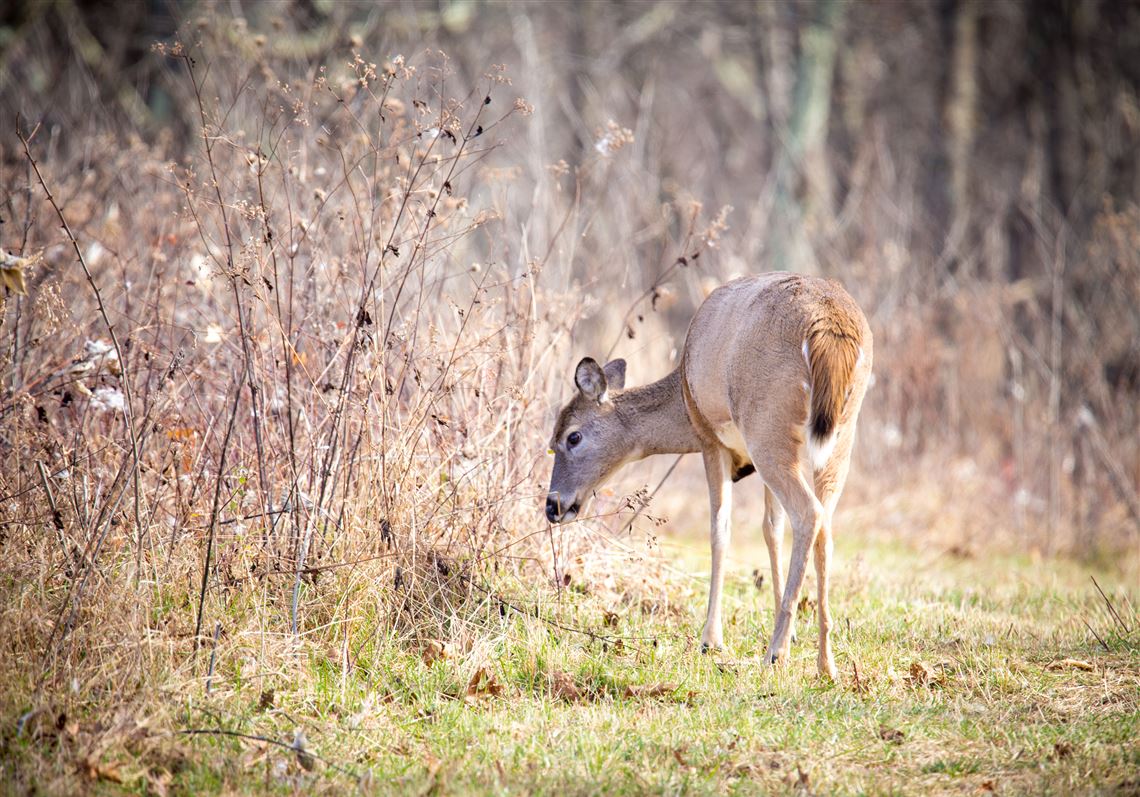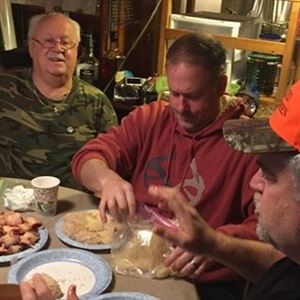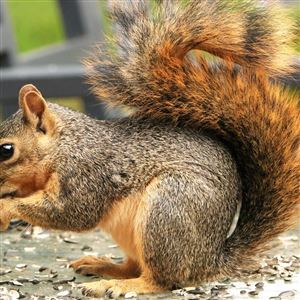It’s hunting season again in Pennsylvania. Tuesday marked the statewide start of the mourning dove and resident Canada goose hunts. Squirrel season opens early this year, Sept. 12, and the early archery hunt for antlered and antlerless deer opens Sept. 19 in the wildlife management units surrounding Pittsburgh and Philadelphia.
With the resumption of modern hunting, it is interesting to look at how hunting in Pennsylvania used to be by flipping through the pages of a remarkable time capsule from the slowly dwindling hunt camp tradition.
“A Century of Wild Game Hunting in Penn’s Woods” by Earl Noll is 18 pages of reminisces of the Black Log Hunting & Fishing Club, a group of mostly Lancaster County farmers and businessmen who started making the annual pilgrimage to a camp in the Black Log Valley of Juniata County around the 1860s.
The camp began when Jacob Seitz, Sam McDonald and George Morrison, of Lancaster County, made arrangements to room and board with the Steltzer family, who lived at the base of a mountain about 7 miles from McVeytown. The hunters would set out by train from Columbia at night and arrive at daybreak. Then they and their trunks of gear were transported by mule for 7 miles on a narrow trail to the Steltzer farm.
The family, which grew all their own produce and meat, served the hunters belly-busting meals. On a nearby wall, a photo shows a whitewashed invitation in German: “Huck dich” — Sit yourself.
As more members came to hunt, the Steltzers built a new log cabin to accommodate them in the 1870s. The camp took on the Black Log Hunting and Fishing Club name in 1885.
Camp humor and pranks, it seems, go way back. Mr. Noll writes about the time in 1883 when “Hen” Klugh invited two teen hunters into the woods to show them where he said he once shot six squirrels from a single tree.
“They walked a long distance,” Mr. Noll recounts, “when Hen stopped short and turning around quickly asked, ‘What in the heck do you fellows want?’
“The lads reminded him that he wanted to show them where he had shot six squirrels from one tree. ‘Oh, we were past that long ago,’ was Hen’s answer.”
Deer are the main draw of today’s hunting camps. But in the late 19th century, deer were scarce, a combination of bare mountainsides from logging and year-round subsistence poaching by locals.
“They also set shotgun snares for the deer and baited them,” Mr. Noll wrote. “There were some game laws, but no one to enforce them on these many acres.”
Instead, squirrels in the morning and rabbits in the afternoon with beagles was often the routine. Records kept between 1915 and 1929 showed only three deer. The highlight for 1917 was the spotting of a spike buck. But squirrels killed numbered in the hundreds. Fishing for trout in local streams also was popular.
Around 1900, there was some kind of falling out among members of the camp and the initial founders of the club set up a tent on nearby land. In 1912, a more accommodating cabin was built and named “Tin Shanty.”
Members were Jacob Seitz (1836-1905) —the first of six generations to attend the camp — Daniel E. Bear (1865-1950), John E. Gamber (1866-1955), John Bender (1869-1927), Clayton Seitz (1859-1942), Jacob H. Brubaker (1877-1969), Charles Ament, Jonas N. Sauder (1861-1958), Grant W. Noll (1973-1931) and Earl Noll, the writer.
Some of the members also belonged back to the Mud Run Fishing Camp, located where the Muddy Run hydroelectric power plant is now in Lancaster County.
The camp also hired a camp cook. Dinners might include squirrel pot pie, roast turkey with all the trimmings and home-baked bread and pies.
The club watched sadly as the mighty chestnut trees that cloaked the mountains slowly died from blight and were transformed into lonely ghosts.
The big hubbub in the early 1930s was a federal Civilian Conservation Corps Camp built near Licking Creek, accommodating about 200 Black workers. At the time, hunters would sometimes stop and visit a couple that manned the Shade Mountain fire tower, sometimes for weeks at a time.
On one spring trip, an enterprising club member saw a small trout in the spring by the cabin. He tied a pin to a piece of yarn and succeeded in catching a 5-inch, undersized trout. He laid the trout on the wood pile near the cabin door. Thirty minutes later, Warden Yocum of the Game Commission showed up for a visit, much to the illegal angler’s dismay. But the warden never saw the trout.
Understandably, interest in hunting waned during World War II.
In the 1950s, a game warden shot and killed a deer poacher in the area after the man attacked the warden. In 1966, a local mountain man was shot and killed after kidnapping a local high school girl for more than a week.
Mr. Noll’s recollections end after a meeting in 1968. Members then were Samuel Harnish, Stoner Seitz, Ken Stehman, Harry Stehman, Chet Kauffman, Richard Kauffman, J. Harold Kauffman, Roy Weaver, Horace Miller, Ed Froelich, Seth Ebersole, Isaac Metzler, Clarence Landis, Carl Nolt, Earl Noll and Will Stehman.
In 1990, the state bought the original 200-acre Steltzer farm, adding it to Tuscarora State Forest. It is still known as the Steltzer Farm to hunters, including Mr. Stauffer, whose family has had a nearby camp for three generations. Now 62, he says you can still see the old apple trees, overgrown fields and building foundations.
He had long heard stories about the Black Log Hunting & Fishing Club. And now, having been given a copy of Mr. Noll’s history of the camp by the great-grandson of the family that carried the hunters to camp by mule, he realizes that many of the yarns were true.
“It’s a shame you can’t go back because when I was younger a lot of that was still going on,” Mr. Stauffer says.
First Published: September 3, 2020, 11:00 a.m.


















